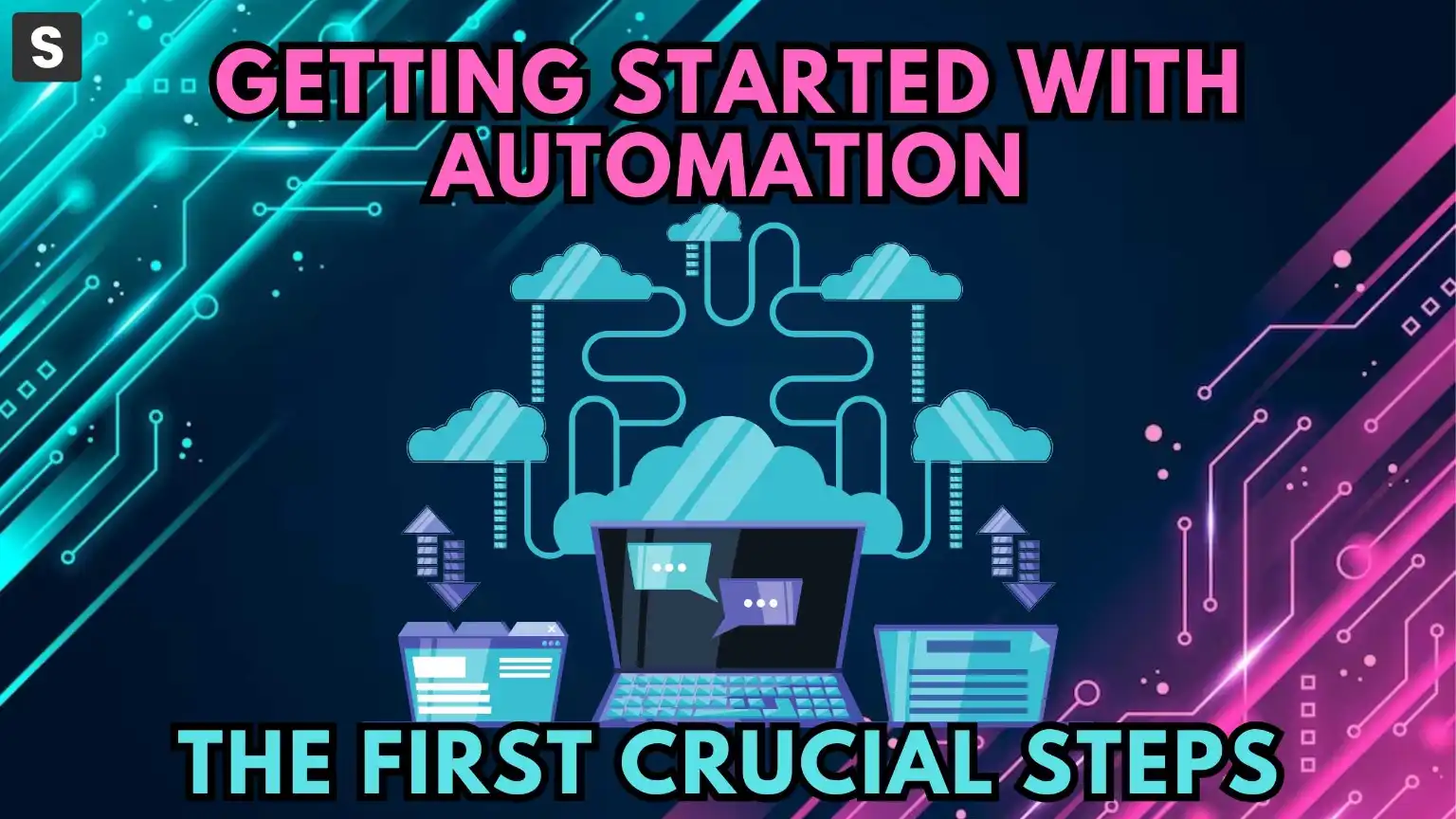Getting Started with Automation: The First Crucial Steps
-


Getting Started with Automation: The First Crucial Steps
Embarking on the automation journey is a strategic move that can redefine efficiency and productivity for businesses. The first crucial steps in approaching automation lay the foundation for a seamless and successful transition. Let’s delve into the key aspects of getting started with automation, exploring not only the initial steps but also shedding light on relevant SaaS products that can expedite and optimize your automation initiatives.
Understanding Your Workflow
Identifying Repetitive Tasks: The initial step involves a comprehensive analysis of your existing workflow. Pinpoint tasks and processes that are repetitive, rule-based, and time-consuming. This scrutiny will reveal the ideal candidates for automation.
Data Gathering and Assessment: Utilize tools such as Airtable to gather data about your workflow. Airtable not only streamlines data collection but also provides a visual interface for easy assessment, aiding in the identification of automation opportunities.
Workflow Visualization: Visualize your workflow using tools like Lucidchart. Mapping out your processes enhances clarity and helps in devising an effective automation strategy.
Selecting the Right Automation Tools
- Automation Anywhere: For businesses seeking a comprehensive automation solution, Automation Anywhere stands out. It offers a user-friendly platform with AI-driven capabilities, enabling automation of complex tasks.
- UiPath: Addressing the need for scalability, UiPath is an automation platform that excels in handling both simple and intricate processes. Its intuitive interface empowers users with varied technical backgrounds.
- Blue Prism: Blue Prism is a leader in providing intelligent automation solutions. It emphasizes security and scalability, making it an ideal choice for organizations with stringent automation requirements.
- Zapier: SMEs can benefit from the simplicity of Zapier. This automation tool focuses on connecting various apps, streamlining workflows without the need for complex coding.
- Microsoft Power Automate: Integrated seamlessly with the Microsoft ecosystem, Power Automate caters to businesses heavily reliant on Microsoft applications. It facilitates the automation of tasks within familiar environments.
Implementation and Integration
Start Small, Scale Gradually: Begin your automation journey with smaller, manageable tasks. Starting small allows for seamless integration into your existing workflow and provides a learning curve for your team.
Training and Skill Development: Invest in training your team on the selected automation tools. Platforms like Udemy offer courses that empower individuals with the skills required to maximize the potential of automation tools.
Continuous Monitoring and Optimization: Automation is an ongoing process. Regularly monitor automated processes and optimize them for evolving business needs. Tools like Datadog provide insights into system performance for effective optimization.
Conclusion
Getting started with automation is not just about adopting technology; it’s about strategically transforming your operations. The identified steps and selected SaaS products are instrumental in paving the way for a successful automation journey.
Ready to Transform Your Workflow?
Unlock the full potential of automation with Subscribed.fyi. Sign up today to explore exclusive deals, compare SaaS tools, and gain valuable insights to streamline your automation initiatives.
Relevant Links:
- Subscribed.fyi Deals
- Airtable
- Lucidchart
- Automation Anywhere
- UiPath
- Blue Prism
- Zapier
- Microsoft Power Automate
- Udemy
- Datadog





